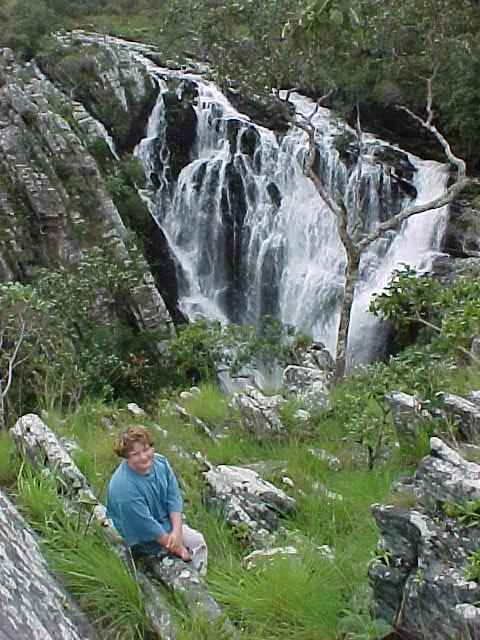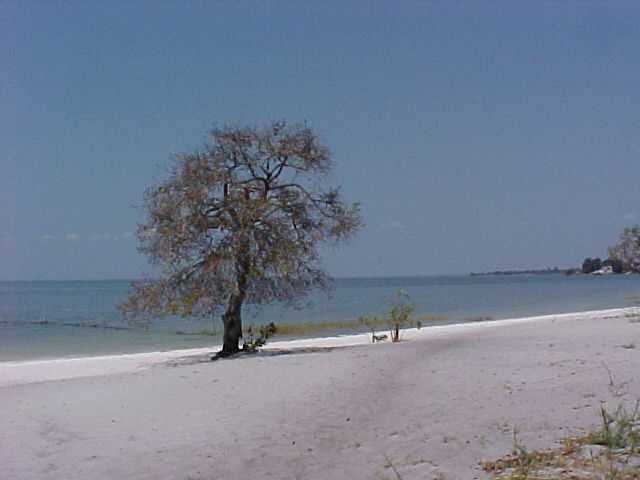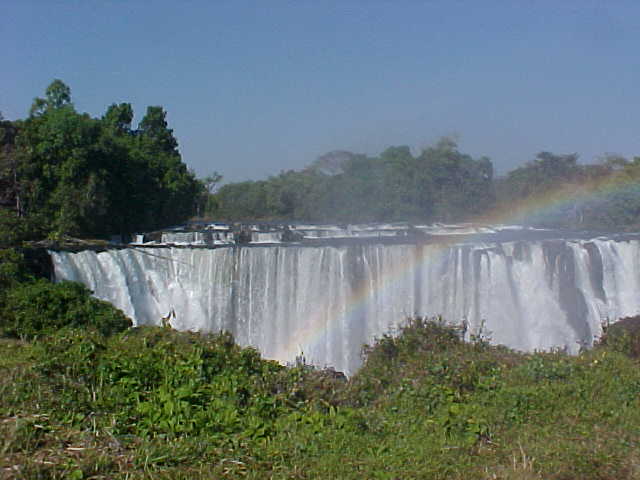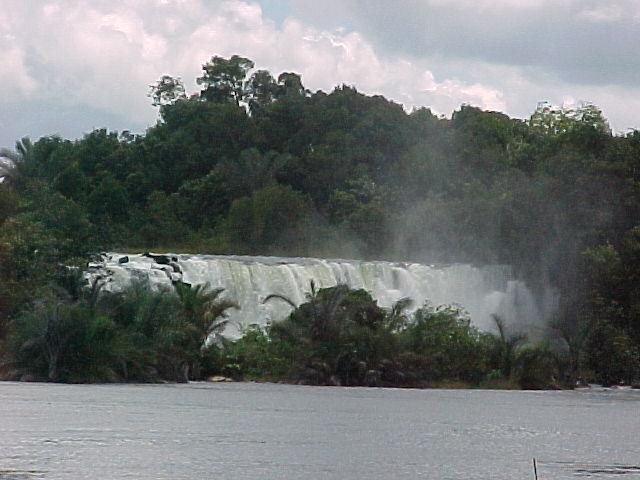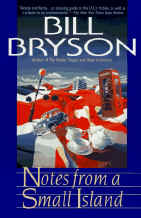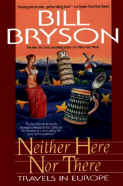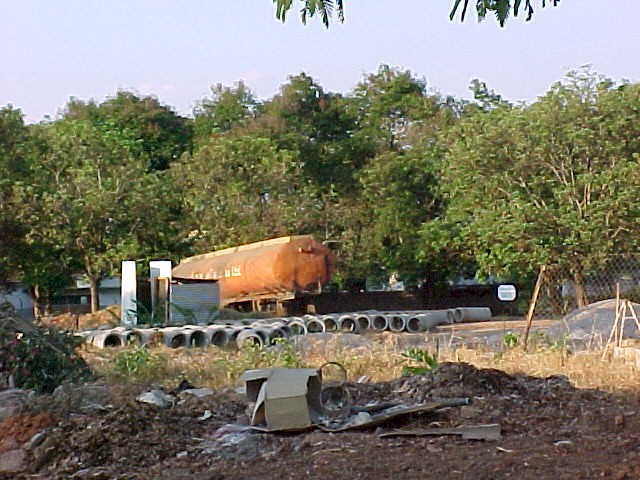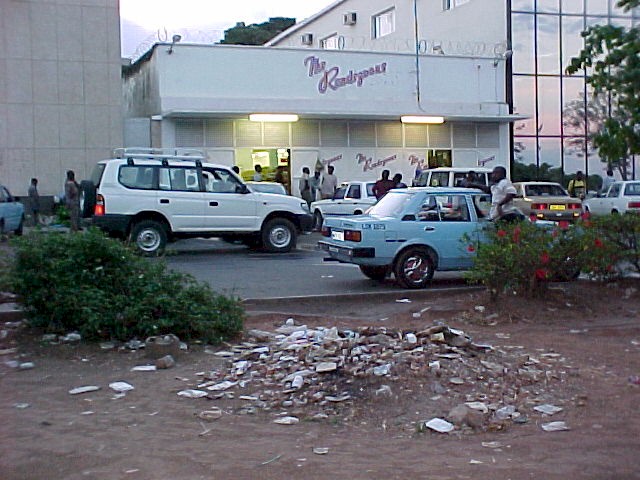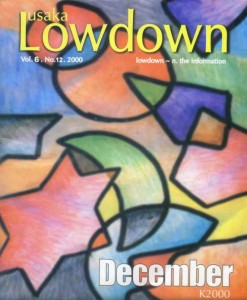 Mini buses, mainly owned by individuals, are the main means of transportation for most Zambians in Lusaka and other parts of the country.
Mini buses, mainly owned by individuals, are the main means of transportation for most Zambians in Lusaka and other parts of the country.
There are five major stations in Lusaka for boarding and disembarking from buses. These are Kulima Tower, at the south end of Freedom Way; Katondo in Katondo Street, opposite Good Hope Enterprises; Baba, opposite the Town Centre Market; Town Centre along Freedom Way, opposite Radian Stores; and Soweto Market Station, the largest station along Lumumba Road.
The Soweto station has the largest capacity, being adjacent to a market. It has plenty of shelter from the scorching sun and rains, with some concrete benches and tables if just need to rest. Or, you can partake of a snack at one of the eating places, while you wait for the bus. The market has its own staff to clean the premises. Baba, Kulima Tower and Town Centre have no shelters. Katondo has a small shelter with some wooden benches, but all stations, except for Town Centre, have fee paying toilets. Baba has mobile toilets, which are between the station and the market – just where everyone can see you going in and out.
All routes to all destinations within Lusaka are available from almost all stations.
Buses start operating around 5 am and stop around 9 pm. The rush hours for buses are between 7 am and 8 am when everyone is trying to get to work and between 5 pm and 6 pm when they are trying to go back to their homes. The mini buses have a seating capacity for sixteen persons, including the conductor, although during the rush hours, conductors overload the buses, so that they have to stand or lean against the front seat, exposing their trouser-clad rears to whoever is sitting where the conductor is supposed to sit.
Most mini buses, big buses and taxis are registered with United Transport and Taxis Association (UTTA), an independent association representing all passenger transporters. UTTA is responsible for drawing up fare charts, ensuring that drivers follow their rules and regulations which have been put in place to safeguard the lives of passengers and the drivers themselves. The Department of Road Traffic also comes in, to ensure that buses are road worthy and have all necessary gadgets in cases of emergency or accident – medical kit, fire extinguisher and functional seat belts.
Some drivers and conductors broke away from UTTA to form their own association, Bus Driver and Motor Taxi Association (BDMT), because they did not agree with some of UTTA’s rules and regulations. According to UTTA staff, BDMT supports the availability of ‘Call Boys’ in stations which most passengers and UTTA are against. We had a chat with Mr Aaron Daka, a driver for LK237, whose route is Kalingalinga/Mtendere, and he supports BDMT. His only complaints were about high fuel prices and the many road blocks.
As any moto9rist knows, Traffic officers mount road blocks at very awkward hours, usually during the morning rush hours. If, as a passenger, you are on a bus which has been stopped for scrutiny and pulled over, you just know you will be late for work. You have to ‘liaise’ with the conductor to get your money back, not a very easy task, and then walk from there or catch a minibus that has managed to get through the road block. You don’t always succeed in getting your money back.
Bus stations are the best places to board a bus, rather than at a bus stop – at least there is a procedure and some discipline. Each route has a queue of buses and this saves you time especially if you are late. At stopovers, such as Lubama bus stop, conductors, with the help of Call Boys, known locally as Ngwangwazi load the buses. This is illegal, but the Police have totally failed to stop this practice. The Ngwangwazi decide which route the bus will take, depending on the popularity of that route. Should the availability of passengers destined for another route be favourable, the Ngwangwazi will rudely tell you to leave the bus. Once you are on the route that they have decided to take and you try to get out, to get on another bus, they close the door before you get off the bus.
Stopovers are bad places to hang around while waiting for a bus , especially for ladies especially as they are usually crowded with Ngwangwaz. The beautiful small shelters donated by various companies like Amanita and Telecel, to mention a few, are full of these call boys, who in most cases harass you and sometimes use abusive language. Some of these donated shelters have been turned into homes. There are times that I have seen them pull around a female passenger to get on a bus, which is later going to pay them. They basically fight for passengers. From main stations, at least, they concentrate on calling out routes for the bus they are loading, as this is the way they make their living, through tips which range from K 100 to K 3,000 per bus.
While on the bus, the driver’s responsibility is to drive as fast as he can while the conductor collects money from passengers to paves the way for his driver if there is a traffic jam. Law-abiding is a word they forget during rush hour, all that interests them is to go for another trip to make more money. It reminds me of a time when I was going towork one morning when the driver of the bus started calling to people walking on the sidewalk to get on the bus. His conductor told him there were Police Officers across the road and that he would not open the door. The driver then answered, ‘Well, if I do not break the law, the Police will have nothing to do’. Typical, I thought. We will never develop!
There are very few designated bus stops on most routes. On the route from town to Kabulonga, there is no legal stopover between Longacres and Kabulonga Roundabout. Some drivers use the entrance of Lusaka Golf Club, although in the past few weeks, I have noticed Police Officers around the Golf Club Exit hiding, ready to trap them.
There are many things you need to know before you get on a bus:
·Fares are the first things you should know. Some buses have fare charts stuck on the windows. The charts give the distance, stopovers and fares. You will also notice that to move from one place to another, you may need to get on as many as two to three buses. Suppose you reside in Kafue and you want to go to Manda Hill, you have to catch two buses unless you can afford a Taxi. If you work around UTH and live in Leopard’s Hill, you have to catch a bus going into town, then catch another bus going from town to Bauleni, , but even then you are left with a long distance to walk. Now, in some stations like the UTH, and from the Showgrounds during show periods, bus drivers load direct routes, for example, Kabulonga to Mtendere or Bauleni. Bus fare charts are available from the UTTA offices at a cost K4,500 per copy per route, but please not that these rates are subject to change at any time, especially with the recent fuel increases.
·With the heat and approaching rains, ensure that your window opens and closes if you are sitting next to a window.
·During rush hours especially in mornings, make sure you have small notes available. With larger notes, you may have a problem with change and sometimes are forced to buy a newspaper just to get change. At most stopovers, there are mobile bureaus, conductors do not like taking change from them because they also ask for a commission.
·Get on a bus which looks road worthy. Road blocks are mounted anywhere, mostly towards the end of the week and at hours like 7.45 am.
·If you are late, never get on an empty bus loading from a stopover. The bus will wait until it fills up which may take more that 15 minutes.
·Be careful with your clothes. Some buses have protruding edges which may tear your clothes and if white is your favourite colour, have some cloth or chitenge to cover your. Always check where you sit first.
·During the rainy season, an umbrella is a must. Some stations have only small shelters or nothing at all.
·Never sit at the back of the bus if you are dropping off at a nearby bus station. The driver and conductors will rush you out. If you are not careful, you may hurt yourself.
·Make sure you clutch your bag or anything valuable as you get off from the bus, especially cell phones.
Mini buses may sound to be the worst means of transport, but they are the cheapest and most economical. Apart from that, it’s not always that you may have a rough ride, it can be comfortable and adventurous too.
All complaints concerning buses, drivers and conductors should be reported to UTTA, at their offices adjacent to Kulima Tower Station or to the Department of Road Transport, where you will find Mr Martin Mbangu, the Acting Director, very helpful and pleasant.
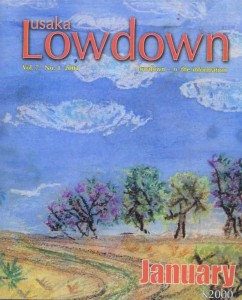 A delegation from Zambia recently traveled to New Delhi, India to the Progress, Harmony and Development Chambers of Commerce and Industry (PHDCCI) Invest-Meet forum which was followed up with a series of one-to-one meetings. Also at the meeting were delegations from Namibia, Tanzania, Zimbabwe, South Africa, Nigeria Kenya Algeria and Uganda.
A delegation from Zambia recently traveled to New Delhi, India to the Progress, Harmony and Development Chambers of Commerce and Industry (PHDCCI) Invest-Meet forum which was followed up with a series of one-to-one meetings. Also at the meeting were delegations from Namibia, Tanzania, Zimbabwe, South Africa, Nigeria Kenya Algeria and Uganda.
